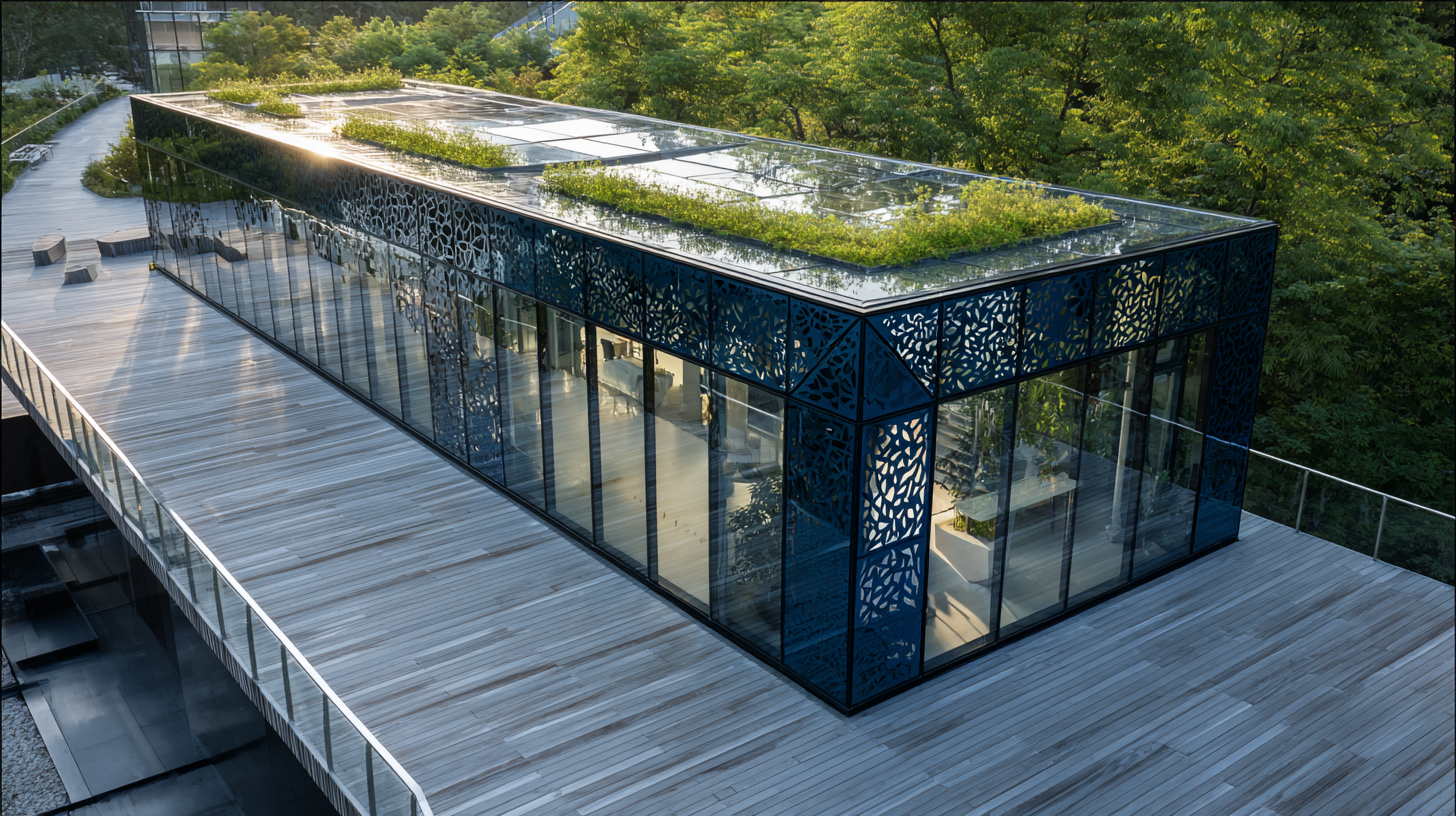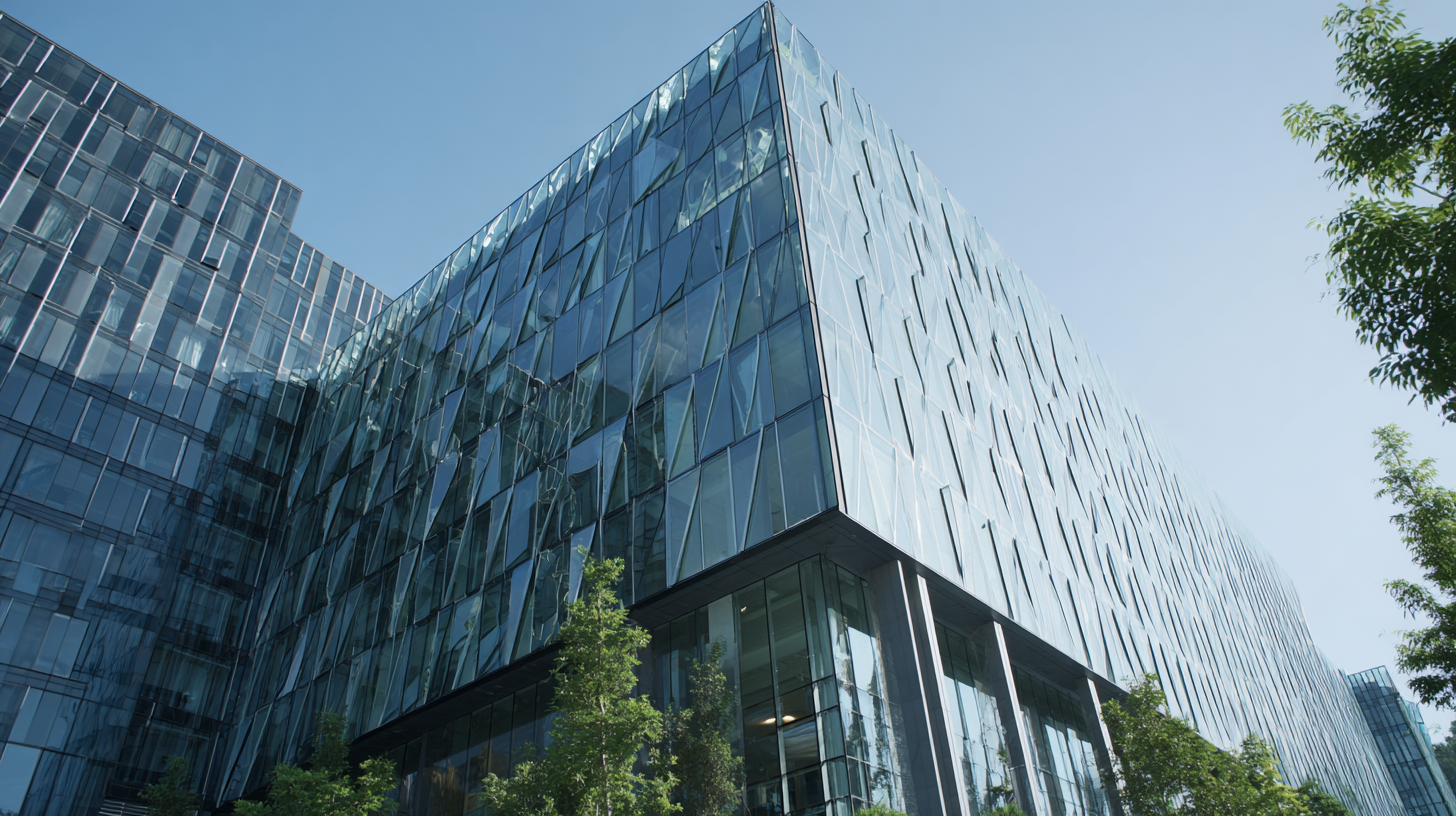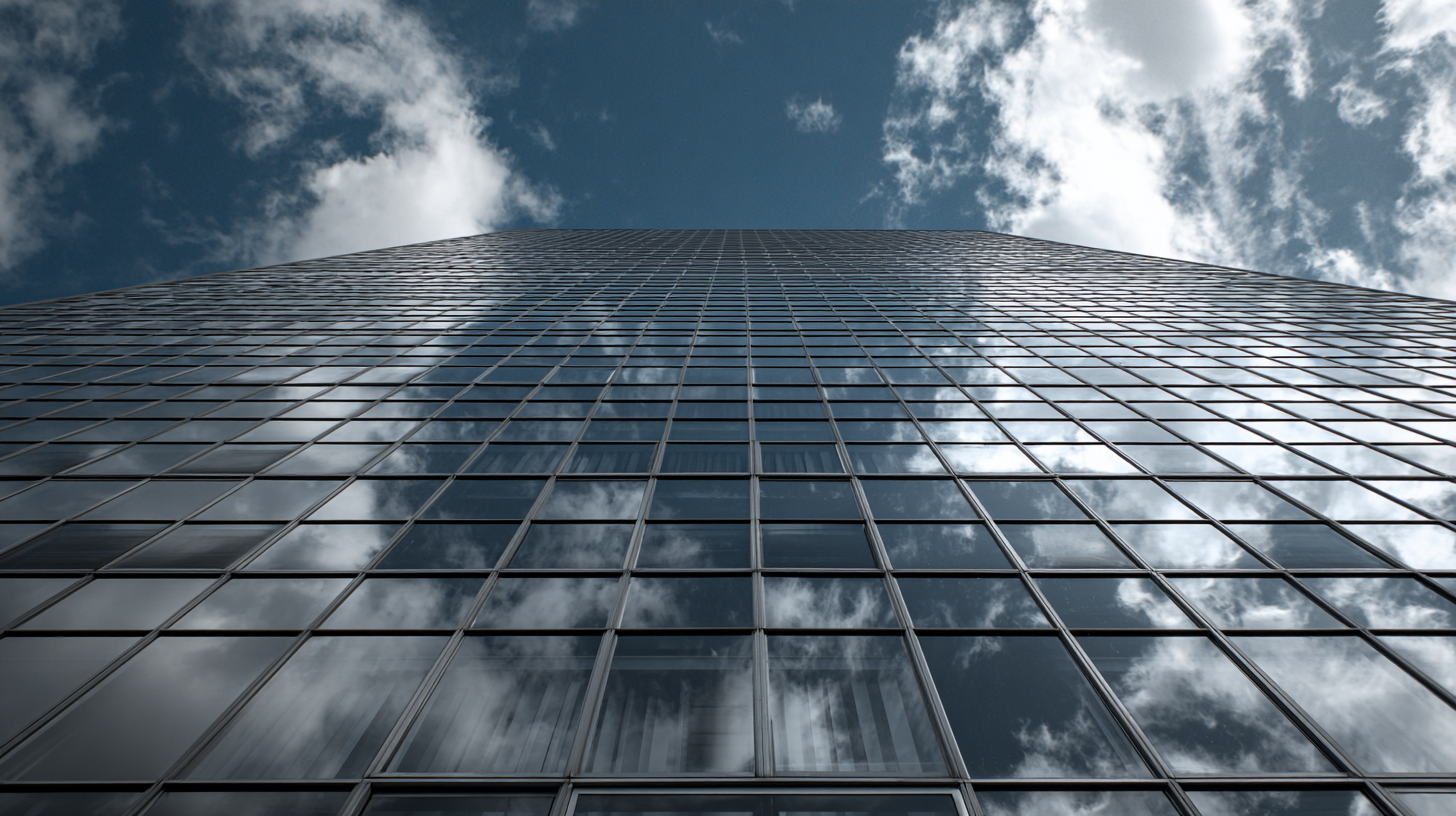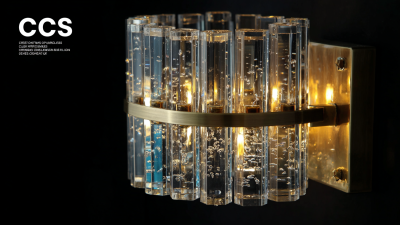
The architectural landscape is rapidly evolving, and at the forefront of this shift is Bipv Solar Facade Glass, which serves as a pivotal component in sustainable design. According to a recent report by the International Energy Agency, buildings account for nearly 40% of global energy-related carbon emissions, highlighting the urgent need for innovative solutions to mitigate environmental impact. Bipv (Building Integrated Photovoltaics) technology provides an attractive and efficient means for integrating solar energy within building envelopes, effectively merging aesthetics with functionality. With projections indicating that the global Bipv market could reach $9 billion by 2026, the industry is poised for substantial growth as architects and builders increasingly adopt this technology to meet sustainability goals. As we delve into the future of architecture, we will explore the myriad benefits of Bipv Solar Facade Glass and its potential to redefine the relationship between buildings and their energy needs.

 The advent of BIPV (Building-Integrated Photovoltaics) solar facade glass marks a transformative shift in urban architecture, fusing aesthetics with sustainability. This innovative approach allows buildings to not only consume energy but also generate it, effectively turning urban landscapes into active contributors to renewable energy sources. According to a recent report by the International Energy Agency (IEA), BIPV technologies can help reduce energy consumption in buildings by up to 90% when integrated with smart energy management systems. As cities continue to expand, adopting BIPV solutions is essential for meeting sustainable development goals and creating healthier environments.
The advent of BIPV (Building-Integrated Photovoltaics) solar facade glass marks a transformative shift in urban architecture, fusing aesthetics with sustainability. This innovative approach allows buildings to not only consume energy but also generate it, effectively turning urban landscapes into active contributors to renewable energy sources. According to a recent report by the International Energy Agency (IEA), BIPV technologies can help reduce energy consumption in buildings by up to 90% when integrated with smart energy management systems. As cities continue to expand, adopting BIPV solutions is essential for meeting sustainable development goals and creating healthier environments.
When considering the implementation of BIPV solar facade glass, several tips can be beneficial. Firstly, it’s crucial to assess the building’s orientation and local climate conditions to optimize energy production. Additionally, collaborating with architects and engineers who specialize in sustainable design can ensure that the BIPV systems blend seamlessly with the building’s aesthetics while maximizing their functional benefits. Furthermore, utilizing advanced simulations can help predict energy yields and inform better decision-making during the design phase.
As cities evolve, BIPV solar facade glass not only offers a solution for energy efficiency but also enhances the urban aesthetic by allowing for vibrant and dynamic architectural expressions. By integrating renewable technology into everyday structures, we can pave the way for greener, more resilient cities that prioritize sustainability without sacrificing beauty or functionality.
Building-Integrated Photovoltaics (BIPV) are emerging as a transformative solution in sustainable architecture, showcasing remarkable efficiency compared to traditional solar systems. The growth of the BIPV market is propelled by a significant shift towards renewable energy sources, with a projected market size expected to reach approximately $154.996 billion by 2031, growing from $4.732 billion in 2024. This impressive annual growth rate of around 64.61% highlights the increasing adoption of innovative technologies such as perovskite solar cells, which offer an effective means of harnessing sunlight directly within building materials.

Recent insights from industry reports indicate that crystalline silicon remains the dominant material in photovoltaic modules, yet cadmium telluride (CdTe) thin-film components are gaining traction within the BIPV sector. This shift represents not only a change in the types of materials used but also a broader move towards integrating energy generation features into the very fabric of buildings. As architects and builders embrace BIPV technologies, they are not just enhancing the aesthetics of structures but also significantly contributing to energy efficiency and sustainability goals, making BIPV solar facade glass a cornerstone of future architectural designs.
Building-Integrated Photovoltaics (BIPV) is revolutionizing the architectural landscape with its significant economic benefits. According to a report by the International Renewable Energy Agency (IRENA), implementing BIPV can reduce a project's total energy costs by up to 30%. BIPV systems not only generate electricity but also serve as structural components, often replacing conventional materials, which can lead to substantial savings on installation and maintenance. The upfront cost of BIPV might be higher compared to standard materials, yet studies indicate that the return on investment (ROI) is typically realized within 5 to 10 years, making it a financially viable option for modern construction projects.
Moreover, a recent market analysis by Grand View Research projected that the global BIPV market size will reach $9.7 billion by 2025, growing at a compound annual growth rate (CAGR) of 20.2%. This trend underscores a growing acceptance among architects and builders who recognize that BIPV solutions can enhance property value and appeal, especially amidst increasing energy costs. As sustainability becomes a priority in construction, the integration of BIPV systems is not just an ecological choice but also a strategic economic decision for developers looking to future-proof their buildings.
| Project Type | Initial Investment ($) | Annual Savings ($) | Payback Period (Years) | Projected ROI (%) |
|---|---|---|---|---|
| Residential Building | 80,000 | 10,000 | 8 | 12.5% |
| Commercial Office | 150,000 | 20,000 | 7.5 | 13.33% |
| Institutional Building | 200,000 | 25,000 | 8 | 12.5% |
| Mixed-use Development | 300,000 | 37,500 | 8 | 12.5% |
The regulatory landscape is rapidly evolving to favor Building-Integrated Photovoltaics (BIPV) as a cornerstone of energy-efficient architecture. Governments worldwide are recognizing the urgent need to address climate change and are implementing building codes that incentivize the use of renewable energy solutions. These codes now often require or encourage specific energy performance standards that can be met more effectively with BIPV solutions, which not only enhance aesthetic appeal but also generate electricity from the building's facade.
Moreover, many regions offer financial incentives and rebates for buildings that incorporate BIPV technologies, making it a more attractive option for developers and architects. Compliance with updated energy codes and standards promotes BIPV installations, transforming traditional structures into self-sustaining energy sources. As a result, BIPV is not just becoming a regulatory requirement but also a preferred choice for achieving long-term sustainability goals, signaling a major shift in how we approach building design and urban planning.
The rising demand for digitally printed ceramic tiles is transforming the architectural landscape, particularly as the industry shifts towards sustainable solutions. According to a market analysis report by XYZ Research, the global market for digitally printed tiles is projected to grow at a CAGR of 15% over the next five years, driven by consumer preferences for aesthetic appeal and personalization. This technology allows intricate designs and patterns that enhance the visual impact of building facades, ensuring that functionality and beauty coexist seamlessly.
In the context of sustainable architecture, projects like the Danfoss Second Park highlight how digitally printed tiles can contribute to low-carbon, environmentally-friendly designs. The project, spanning approximately 126,000 square meters, embodies principles of health and sustainability, integrating state-of-the-art production techniques with a focus on aesthetic value. With a growing emphasis on energy-efficient designs, digital printing technology not only elevates the architectural narrative but also positions itself as a key player in creating environments that prioritize both aesthetics and functionality, aligning perfectly with contemporary sustainable building practices.





